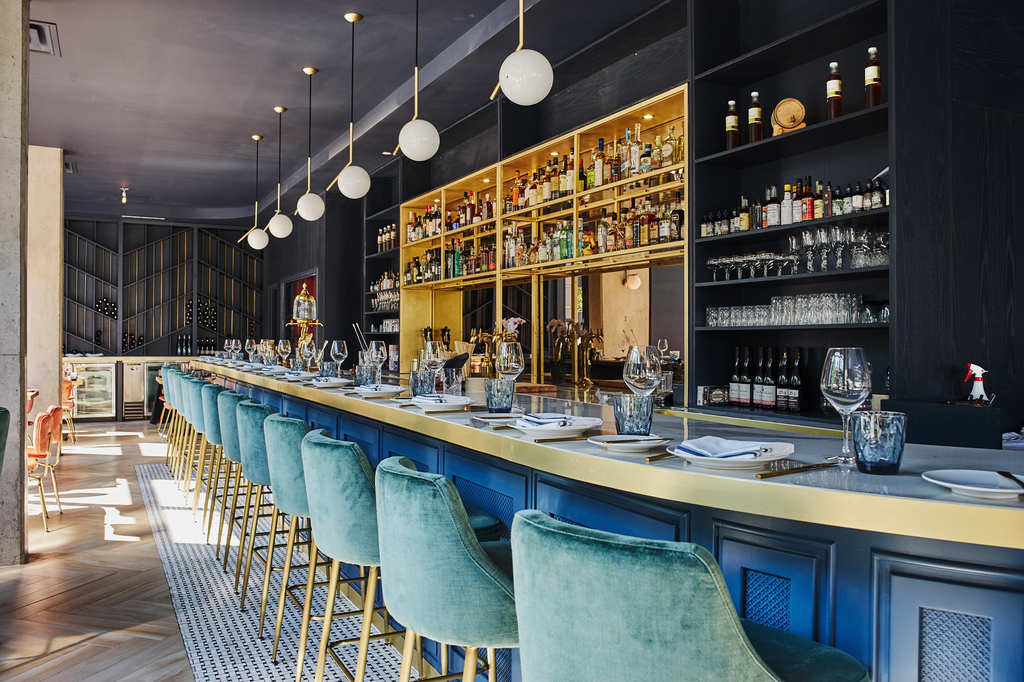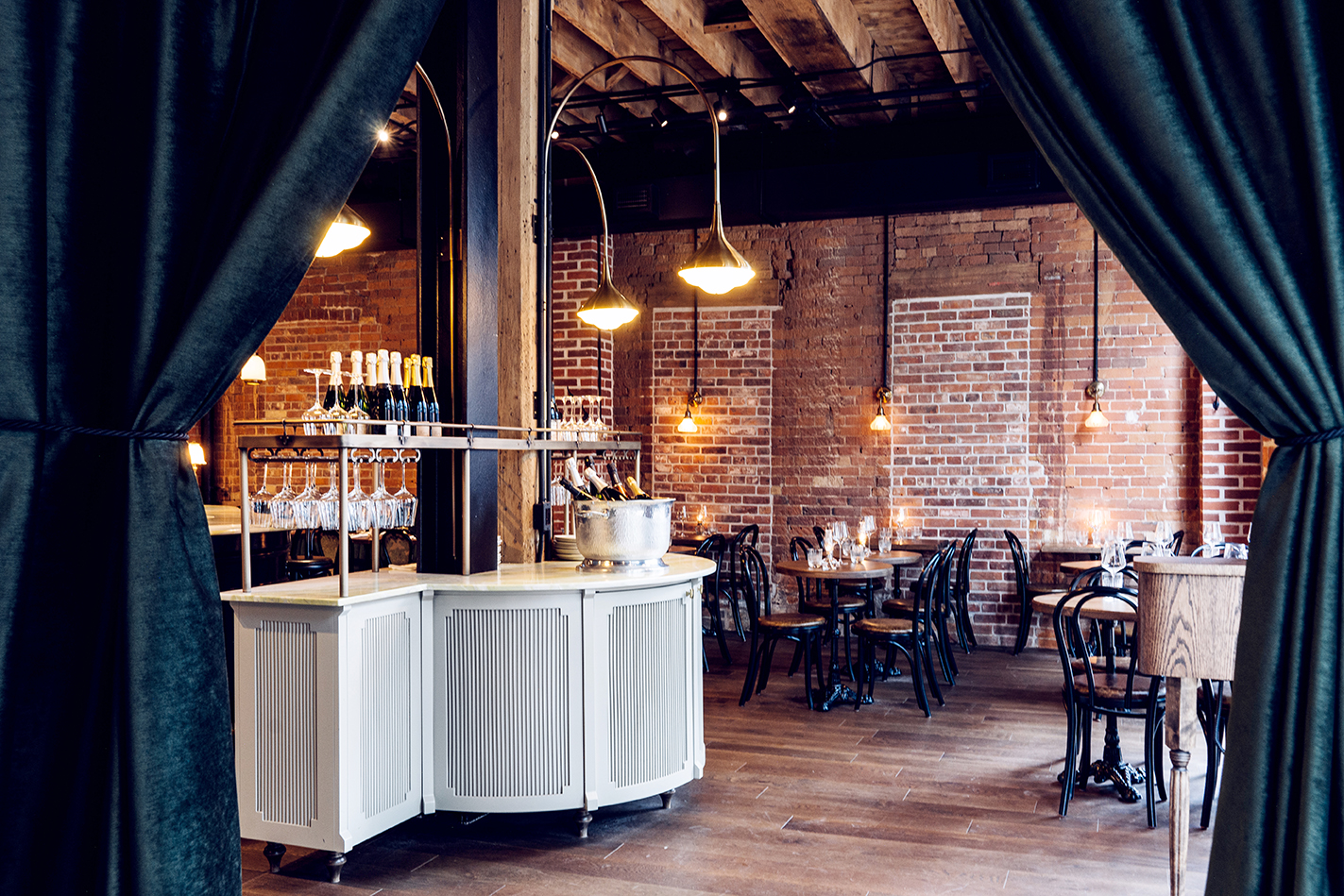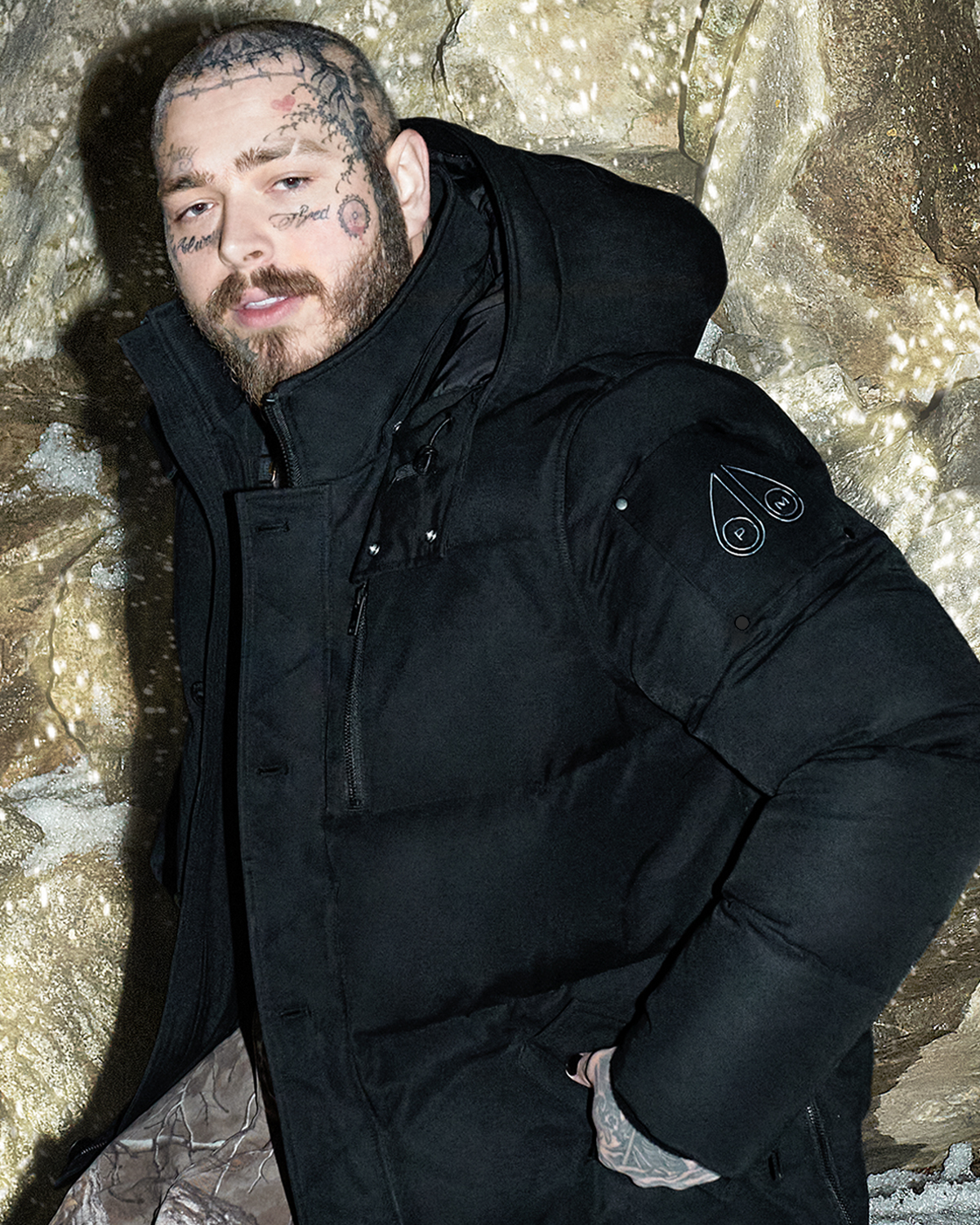Toronto-based Artist Nadia Belerique Finds Beauty in the Banal
Art world.
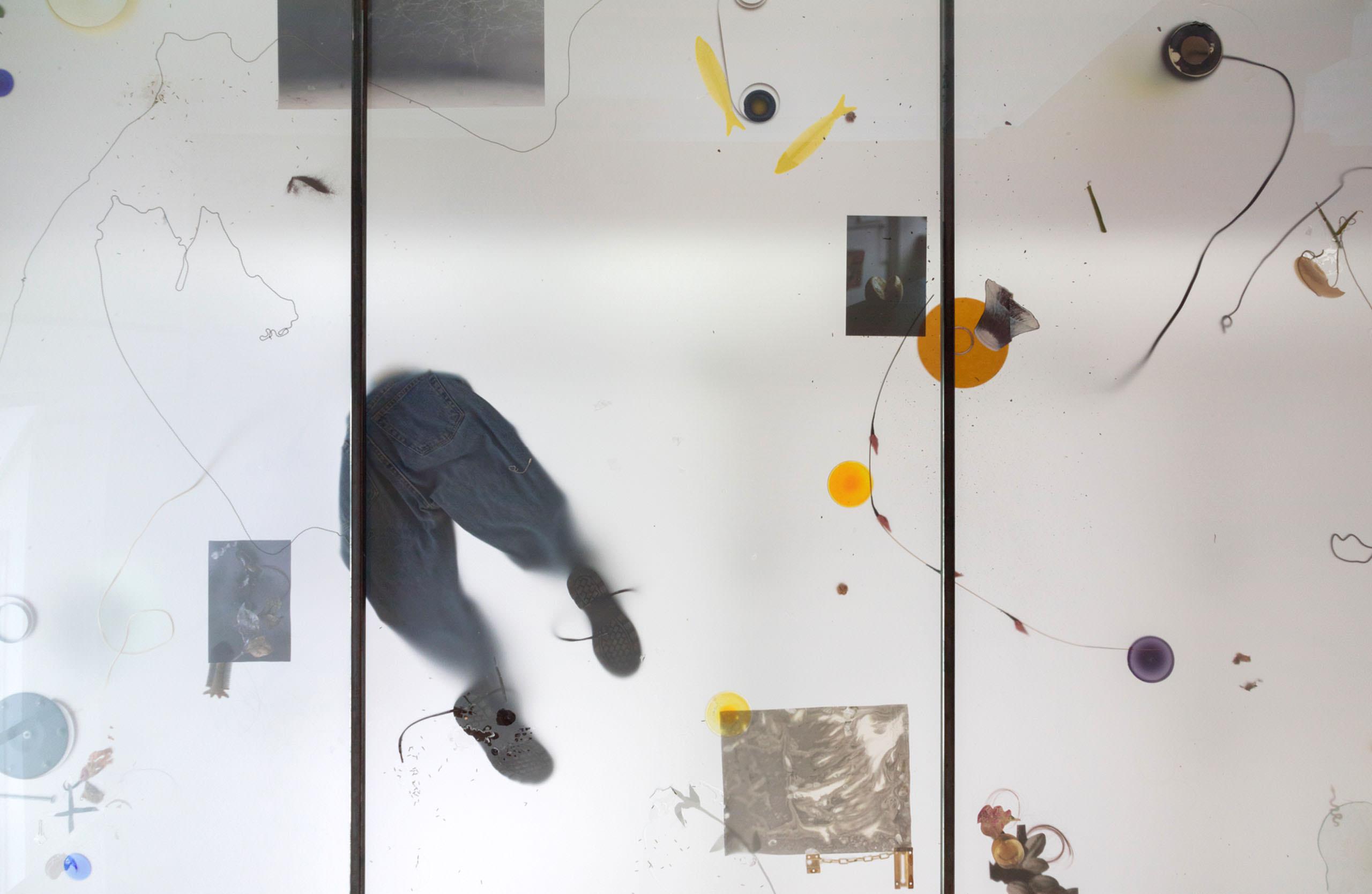
Nadia Belerique, The Lake Room (Detail), 2018. Photo by Jimmy Limit.
Viewing Nadia Belerique’s work is like walking through a photograph. The Toronto-based artist creates contemporary installations with a photographic eye, building scenes with mixed materials. “I think about photographs in three-dimensional space,” she explains. “I like the idea of my work feeling like collage. Architecture is a huge aspect of the work too … and the way objects and space relate to each other and to the viewer. There’s something very experiential about the work.”
Converging photography and installation, Belerique’s artwork brings tactility to abstract concepts, whose themes feel “way more webby in my brain,” she says. In her solo exhibition at Oakville Galleries in 2018, The Weather Channel, for example, she considered suburbia and the ways identities are inherently connected to the houses we live in. She rebuilt familiar home-like structures reminiscent of domestic life to echo the relationships formed with the materiality of our abodes. In The Lake Room, her largest piece for the exhibition, she created the shape of a bed out of a steel structure that extends to the ceiling with a Perspex sheet layered with photographs and found objects above. Viewers walked underneath and looked up to glimpse the shadows of the objects above, including a pair of shoes and a stuffed pair of jeans, mimicking a person sitting atop.
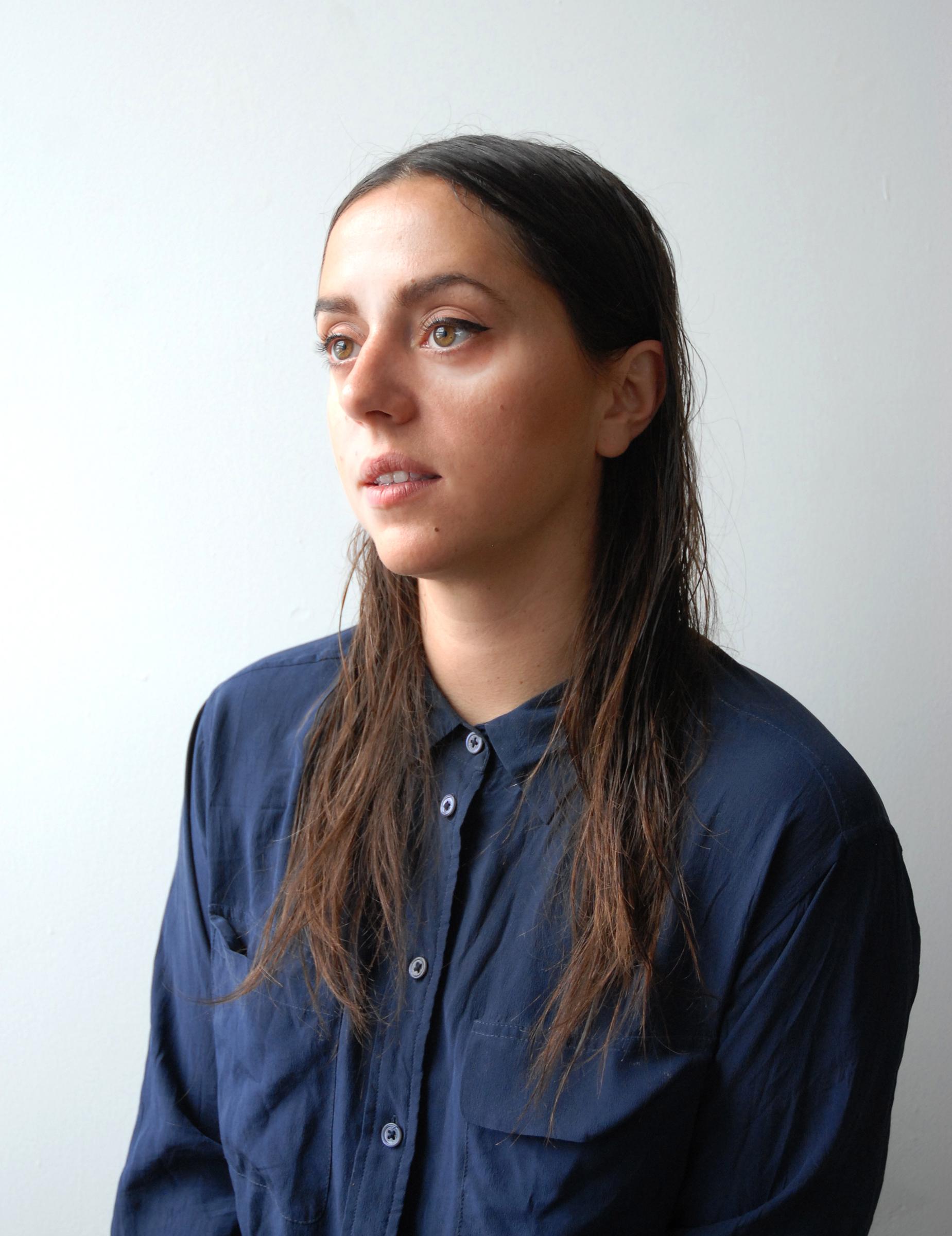
Self portrait by Nadia Belerique.
“I engage with perception,” she says. “I like this idea of multiple worlds within worlds, this entangled quality to how we experience life.”
Belerique is currently percolating her installation for the Toronto Biennial of Art this fall. Her piece, she says, will be based on the tradition she grew up with of sending goods in shipping barrels across the ocean between the Azores (where her parents are from) to North America. The concept is “rooted in this realistic practicality, but there are a lot of metaphors and poetics that come from it,” she says. “Once the pandemic hit, [the idea] to send [across continents] these goods that are often stand-ins for people suddenly seemed even more appropriate.” She plans on using real barrels as part of the artwork, filled up to varying degrees with objects.
“I make [my work] in an intuitive way, and oftentimes it’s deeply personal,” she says of her process. “There’s this banal quality to some of the work, but there’s these profound moments in these everyday encounters.”
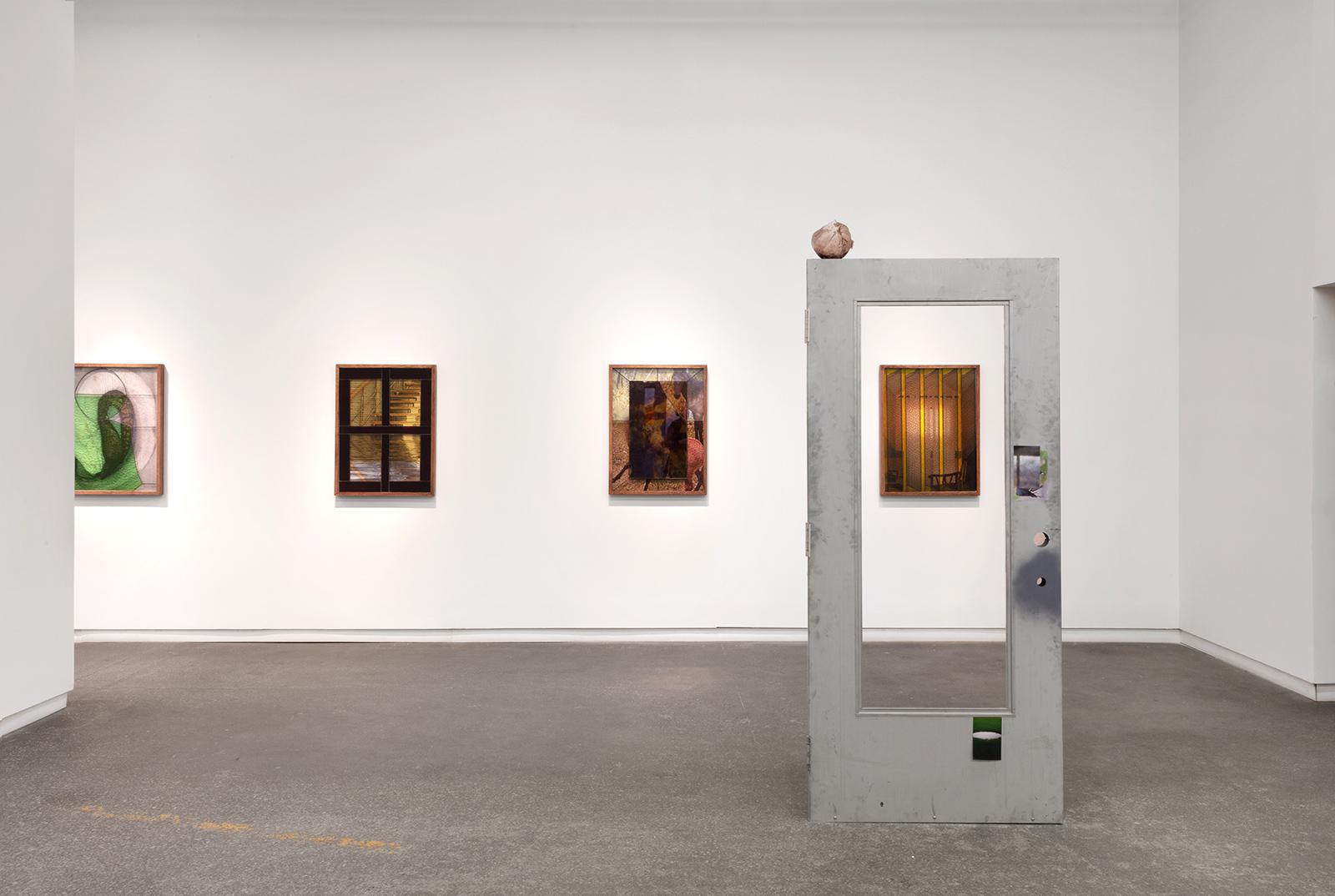
There’s A Hole In The Bucket at Daniel Faria Gallery, 2019.






